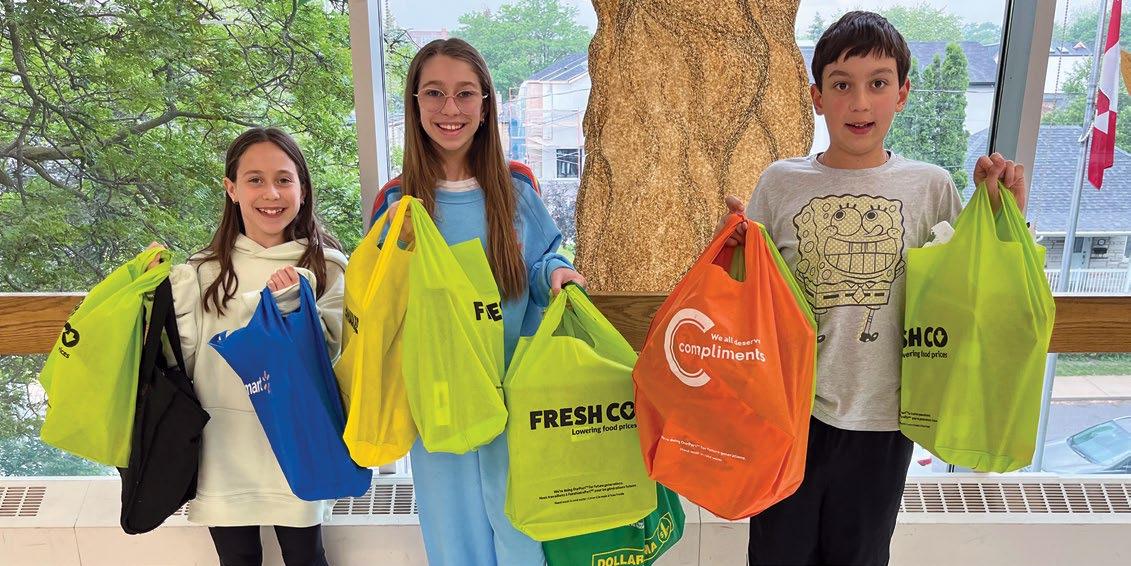
4 minute read
Real-world
BY DANIEL ABRAMSON, TIKKUN PROJECT CURRICULUM DEVELOPMENT DIRECTOR
How our lessons take shape beyond the classroom
Advertisement
Differentiated Learning
Jewish Identity
Social-Emotional
Wellbeing
Tikkun Project
If we had to distill all of Jewish learning into one key concept, what would it be? There’s a famous story from the Talmud that suggests a powerful answer…
One day, a young man came to see the famous Jewish scholar, Shammai. The young man explained that he was not Jewish, but that he would agree to convert to Judaism on the spot if Shammai were able to explain the whole of the Torah while standing on one foot. The story goes that Shammai, insulted by the ridiculous request, sent the young man away. The very next day, the same young man came to see Hillel, the great Talmudic sage and contemporary of Shammai. Hillel thought carefully, agreed to the challenge, stood on one foot and said, “That which is hateful to you, do not do to your neighbour. That is the whole Torah; the rest is the explanation of this — now go and study it!” (tractate Shabbat 31a)
Our mission statement shows what we hope to accomplish as a school. We want to inspire students to be creative and critical thinkers, with the hope of developing a deeper understanding of themselves as members of the Jewish community. We aim to give students the tools they need to make positive change as engaged global citizens. They must feel confident that they have the knowledge and skills needed to create a better world. To achieve our vision, the curriculum must drive them to investigate, practice and refine their strategies for meeting our educational goals. The Tikkun Project is a key component of how we do that.
Mission Statement
in action is more positively aware of differences among people in his community. He is more understanding of the needs of others and is learning to help peers overcome the challenges they may have.”
The powerful lesson taught in this one short story is reflective of the goals we hope to accomplish through the Tikkun Project. The project brings together critical thinking, Jewish values and social action. In every grade, students develop their understanding of fairness and their responsibility to others. The final step is creating opportunities for students to apply their developing competencies to real-world challenges connected to the core curriculum in Grades K to 8.
Leo Baeck, a nurturing and inclusive Reform Jewish day school, provides International Baccalaureate academics paired with a modern approach to Judaism, honouring tradition and encouraging individual choice. We inspire students to be creative and critical thinkers who understand themselves and their responsibility to the world around them.
But how do we know when we are successful? When the Tikkun Project first launched, we asked ourselves, “What would students be able to do that could signal to us that they have gained the awareness, inclination and ability required to graduate as the global citizens that we hope they will be?” Several indicators emerged from conversations about these questions, making them central to shaping the way we define educational success.
We would know that students are thinking critically when they do things like make informed choices, use new information to confirm or revise their ideas or investigate the causes and impacts of challenging issues.
In Grade 4, students examine the most significant causes and impacts of homelessness in the community. In Language Arts, the class read a number of stories like Crenshaw and The Remarkable Journey of Coyote Sunrise, which depict different experiences of poverty and homelessness. Later, when one student, Ella, explained to her teacher that she wished that the characters in the novels had access to the support of agencies like Ve’ahavta, she showed that she was making relevant personal connections between what she was reading in class and the real experiences of people in our local community. Ella was moved to take action and collected almost $5,000 in gift cards to support individuals who rely on Ve’ahavta. When the concepts learned in class shape the way that students approach problems independently beyond the walls of the classroom, we can see that we are hitting the mark.
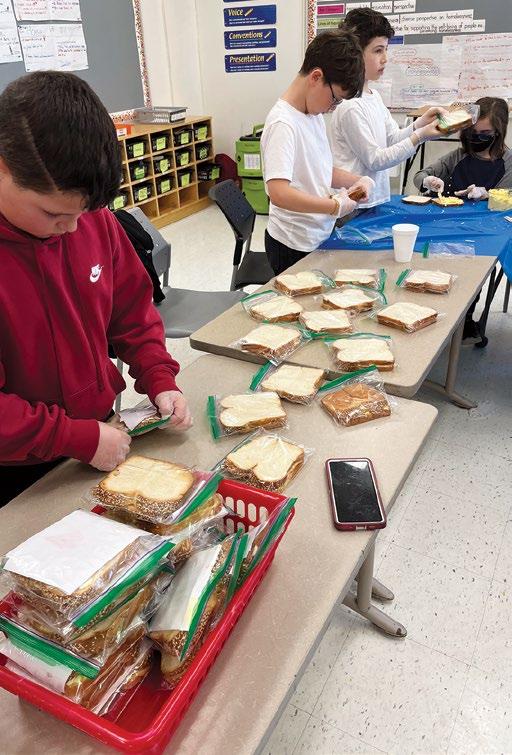
We know that students have developed the awareness and commitment needed to be difference makers when they model for others how to make positive change. Last year, inspired by the example of
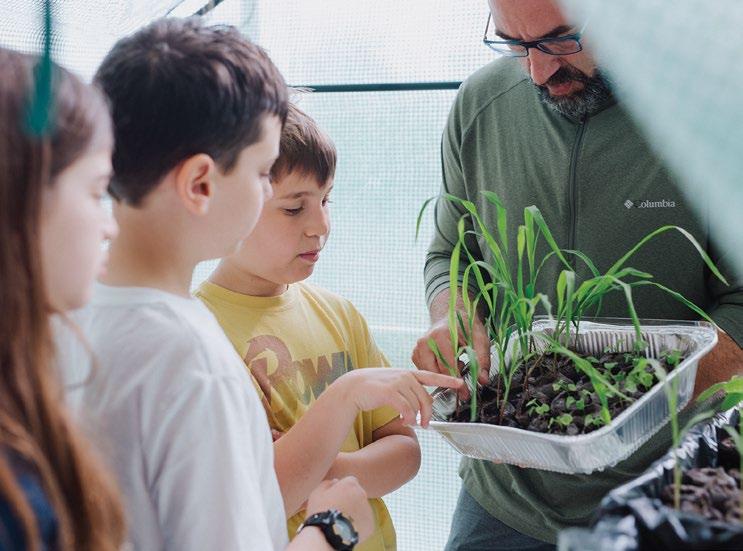
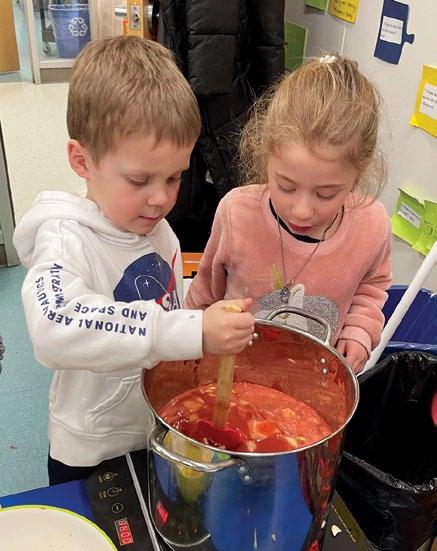
“This unit has made a tremendous impact on Mia. She has been so thoughtful about accessibility and wants to support Silent Voices at her birthday party through ECHOage. We appreciate Leo Baeck’s role in teaching students how to think about and care for others with differing needs.”
“My son has been particularly engaged in the Atlantic salmon project and seems to have connected this year to the themes of environmental conservation and broader social issues.”
Josephine Mandamin, an inspirational Indigenous environmental advocate, students in Grade 2 made posters to teach others about the importance of water conservation and went on a “water advocacy walk.” This year in Grade 2, students participated in a conservation project with the Toronto Zoo to help restore extirpated Atlantic salmon to the local watershed. When students are able to confidently explain how their own actions have a positive impact on individuals, communities or the environment, we know that they are developing the skills they need to be successful advocates for change.
Learn more about our very own salmon hatchery
When we think about what success would look like, we also look at how and when students make connections between their actions and Jewish values. In Grade 5, students learn about government, food insecurity and Indigenous communities in Canada. The culminating student-led experience of the Primary Years Programme (PYP) allows Grade 5 students to choose and research an important issue and make an action plan to help address the problem. Throughout the year, students consider how traditional wisdom can be brought to bear on modern problems. When students can identify ways that Jewish thinking is relevant in their pursuit of a more just and inclusive world, we see evidence that they are meeting the goals that we hope they will achieve.
A recent survey showed that an overwhelming majority of students have been positively impacted by their engagement with the Tikkun Project. They are applying their learning in creative ways beyond the classroom to create the world that they want to see.
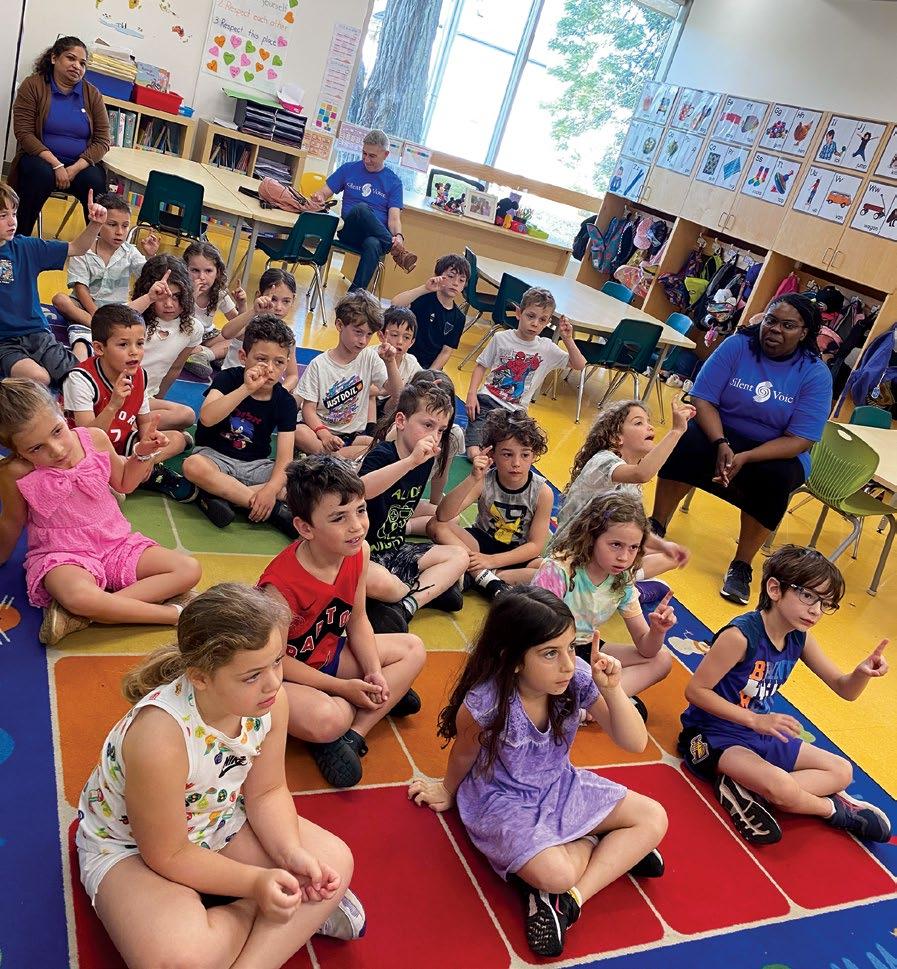
“When Tikkun Olam elements are integrated into Judaic Studies, students are engaged in real-life experiences and readily able to apply their knowledge about Jewish teachings and values to authentic real-life situations.”
LEAH MAMALIDER, GRADE 5 TEACHER






